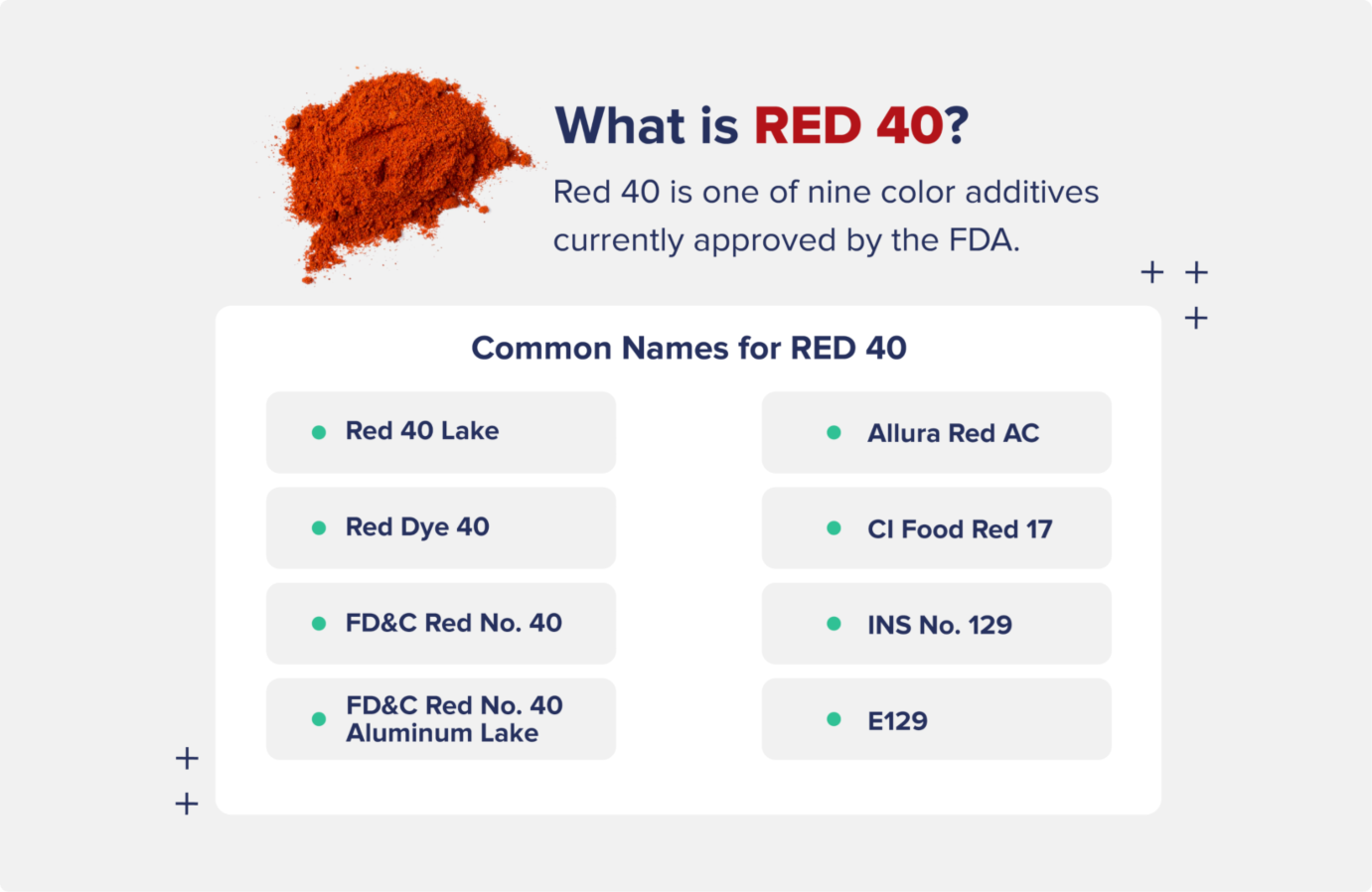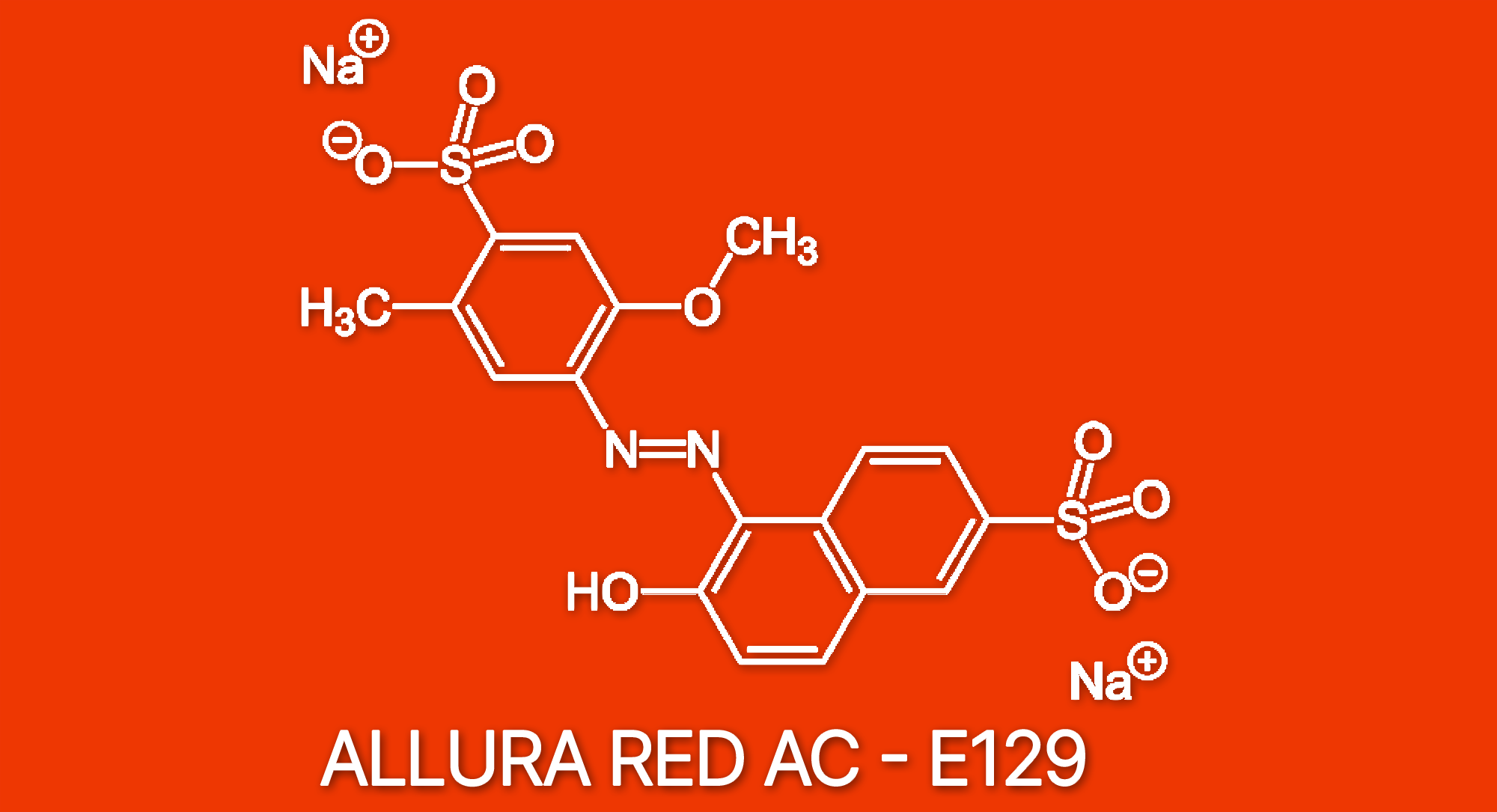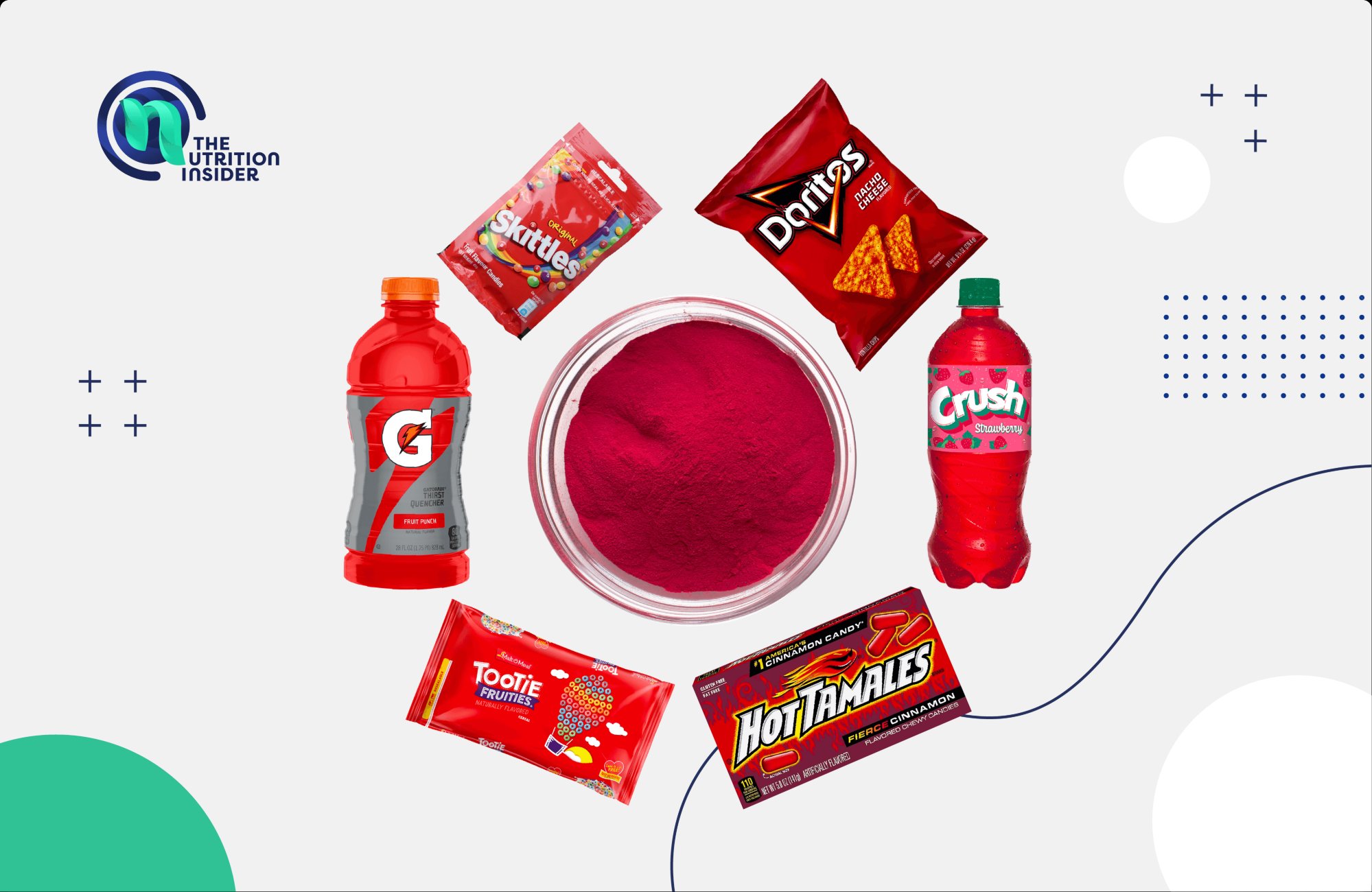The Hidden Dangers of Red Food Coloring: Red Dye #40 vs #3
When it comes to food coloring, many of us are aware of the red dye options available in the market, with two of the most commonly used being Red Dye #40 and Red Dye #3. However, the question remains, which one is safer for consumption? In this article, we will delve into the world of food coloring and explore the facts about Red Dye #40 and Red Dye #3, providing a comprehensive analysis of their safety and potential risks.
Red Dye #40 and Red Dye #3 are two artificial food colorings that have been used for decades in a wide range of food products, from candies and baked goods to beverages and medications. While they may seem like harmless additives, the truth is that they have been linked to various health concerns, including hyperactivity, allergic reactions, and even cancer.
What is Red Dye #40?
Red Dye #40, also known as Allura Red AC, is a synthetic food coloring derived from petroleum byproducts. It is commonly used in products such as fruit juices, soft drinks, and candies. Red Dye #40 has been shown to be highly stable and resistant to heat, making it an ideal choice for use in products that are heated or cooked.
Some of the key characteristics of Red Dye #40 include:
- High stability and resistance to heat
- Strong red color
- Wide range of applications
- Commonly used in fruit juices, soft drinks, and candies
Potential Health Risks of Red Dye #40
While Red Dye #40 may seem like a safe choice, there are several potential health risks associated with its use. Some of these risks include:
- Hyperactivity: Red Dye #40 has been shown to increase hyperactivity in children, making it a concern for parents and caregivers.
- Allergic reactions: Some people may be allergic to Red Dye #40, which can cause a range of symptoms, from mild hives to life-threatening anaphylaxis.
- Cancer risk: Some studies have suggested a link between Red Dye #40 and an increased risk of cancer, although more research is needed to confirm this.
What is Red Dye #3?
Red Dye #3, also known as Carmoisine, is a synthetic food coloring derived from coal tar. It is commonly used in products such as energy drinks, cereals, and candies. Red Dye #3 has been shown to be highly stable and resistant to heat, making it an ideal choice for use in products that are heated or cooked.
Some of the key characteristics of Red Dye #3 include:
- High stability and resistance to heat
- Strong red color
- Wide range of applications
- Commonly used in energy drinks, cereals, and candies
Potential Health Risks of Red Dye #3
While Red Dye #3 may seem like a safe choice, there are several potential health risks associated with its use. Some of these risks include:
- Allergic reactions: Some people may be allergic to Red Dye #3, which can cause a range of symptoms, from mild hives to life-threatening anaphylaxis.
- Hyperactivity: Some studies have suggested a link between Red Dye #3 and hyperactivity in children, although more research is needed to confirm this.
- Cancer risk: Some studies have suggested a link between Red Dye #3 and an increased risk of cancer, although more research is needed to confirm this.
Comparison of Red Dye #40 and Red Dye #3
When it comes to choosing between Red Dye #40 and Red Dye #3, there are several factors to consider. Here are some key differences between the two:
- Stability: Both Red Dye #40 and Red Dye #3 are highly stable and resistant to heat, making them ideal for use in products that are heated or cooked.
- Color: Both Red Dye #40 and Red Dye #3 have a strong red color, although Red Dye #40 may appear more vibrant.
- Applications: Red Dye #40 is commonly used in fruit juices, soft drinks, and candies, while Red Dye #3 is commonly used in energy drinks, cereals, and candies.
- Potential health risks: Both Red Dye #40 and Red Dye #3 have been linked to various health concerns, including hyperactivity, allergic reactions, and cancer.
Which is Safer?
While both Red Dye #40 and Red Dye #3 have been linked to various health concerns, the evidence suggests that Red Dye #3 may be slightly safer. Here are some key reasons why:
- Fewer studies: There have been fewer studies conducted on Red Dye #3 than on Red Dye #40, which may indicate that it is less toxic.
- Lower hyperactivity risk: Some studies have suggested that Red Dye #3 may have a lower risk of hyperactivity than Red Dye #40.
- Lower cancer risk: Some studies have suggested that Red Dye #3 may have a lower risk of cancer than Red Dye #40.
However, it's essential to note that both Red Dye #40 and Red Dye #3 are synthetic food colorings that have been linked to various health concerns. As such, it's crucial to consume them in moderation and to choose products that use natural food colorings whenever possible.
Conclusion
In conclusion, while both Red Dye #40 and Red Dye #3 are synthetic food colorings that have been linked to various health concerns, the evidence suggests that Red Dye #3 may be slightly safer. However, it's essential to remember that both colorings should be consumed in moderation and to choose products that use natural food colorings whenever possible
Did Mason Lose His Leg
Mingus Reedus
Foolio Autopsy
Article Recommendations
- Helmut Newton Famous Pos
- Jesse Plemons Breaking Bad
- Diabla Lara
- Mamitha Baiju
- Noa Netany Roth
- Beyonce Andiddy
- Chloe Fineman
- Aishah Hasnie No Makeup
- Rita Coolidge
- Mary Padian



